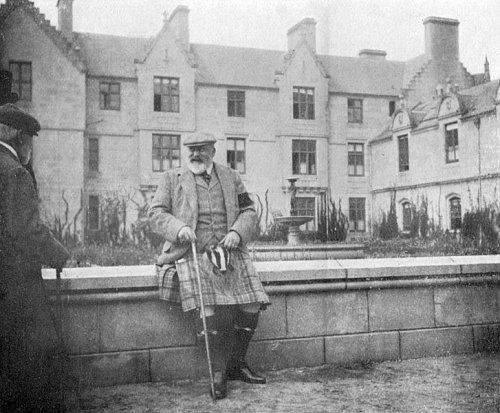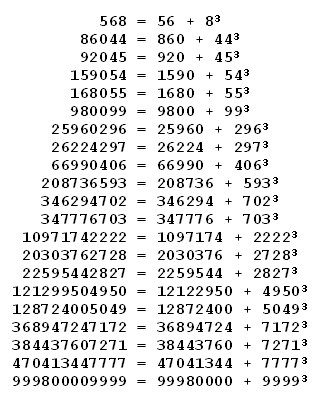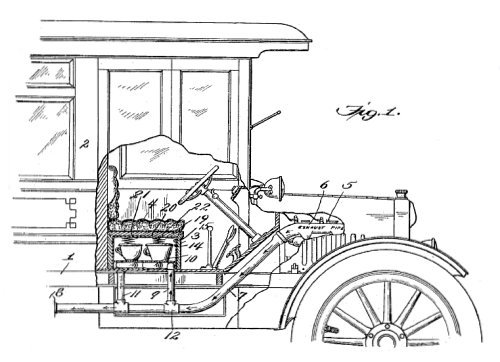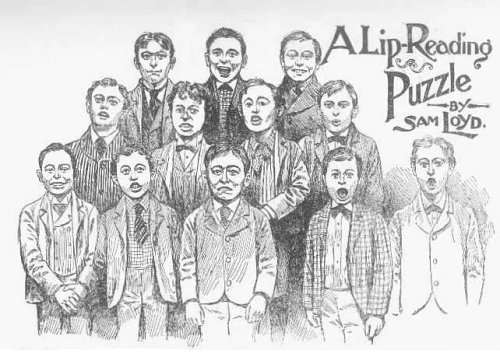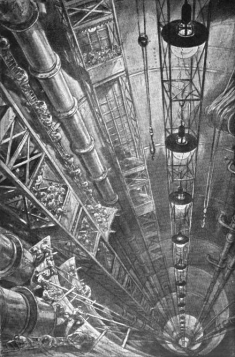
What would happen if you jumped into a tunnel that passed through the center of the earth? If you encountered no air resistance, dinosaurs, Mad Hatters, or Morlocks, you’d accelerate until you passed through the center at 18,000 mph, then slow as you ascended through the opposite hemisphere. At the far end you’d have just time to tip your hat to the surprised antipodeans before you fell home again, and you’d continue oscillating like this forever.
“If this shaft had its starting-point on one of the mountain plateaux of South America at an elevation of seven thousand feet,” wrote Camille Flammarion in 1909, “and if it issued at the sea-level at the other side, a man who had fallen into the shaft would arrive at the antipodes still travelling at such a speed that the spectators would see this strange projectile shot to a height of seven thousand feet into the air.”
On the other hand, if our straight tunnel connected two points that were not precise antipodes, then we could install a train powered by gravity — it would roll “downhill” on the first part of its journey, and momentum would carry it through the second (again neglecting air resistance and friction). Curiously, in all these cases the total trip would take the same length of time — about 42 minutes.



